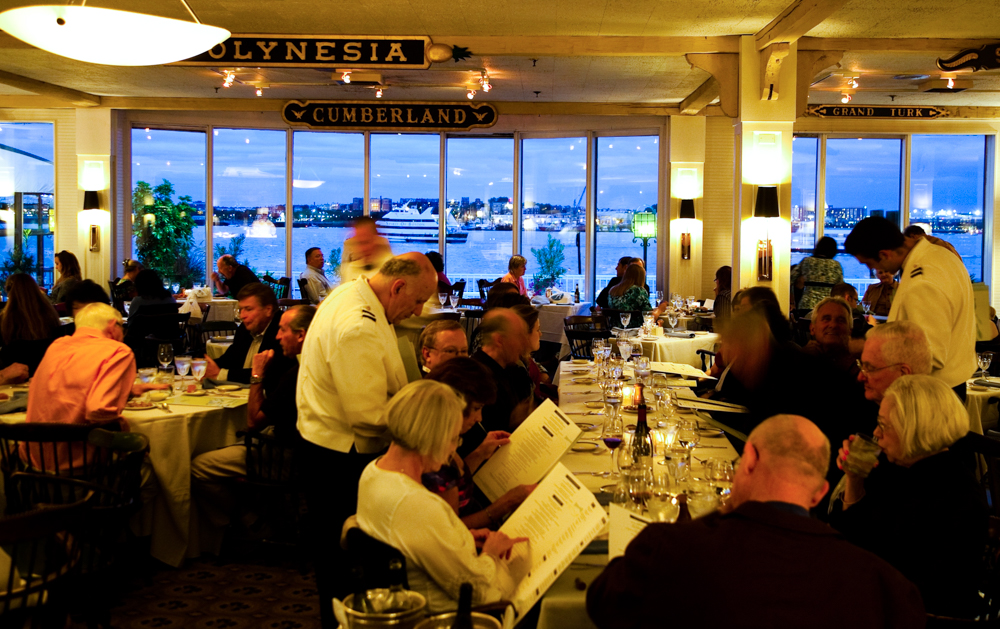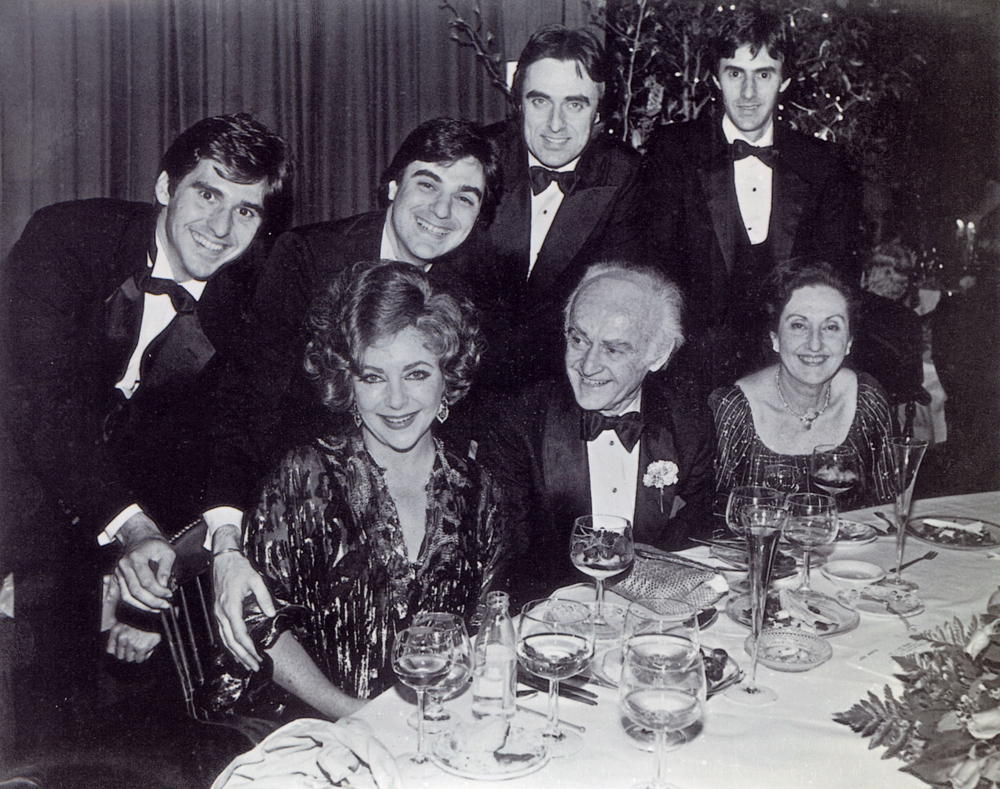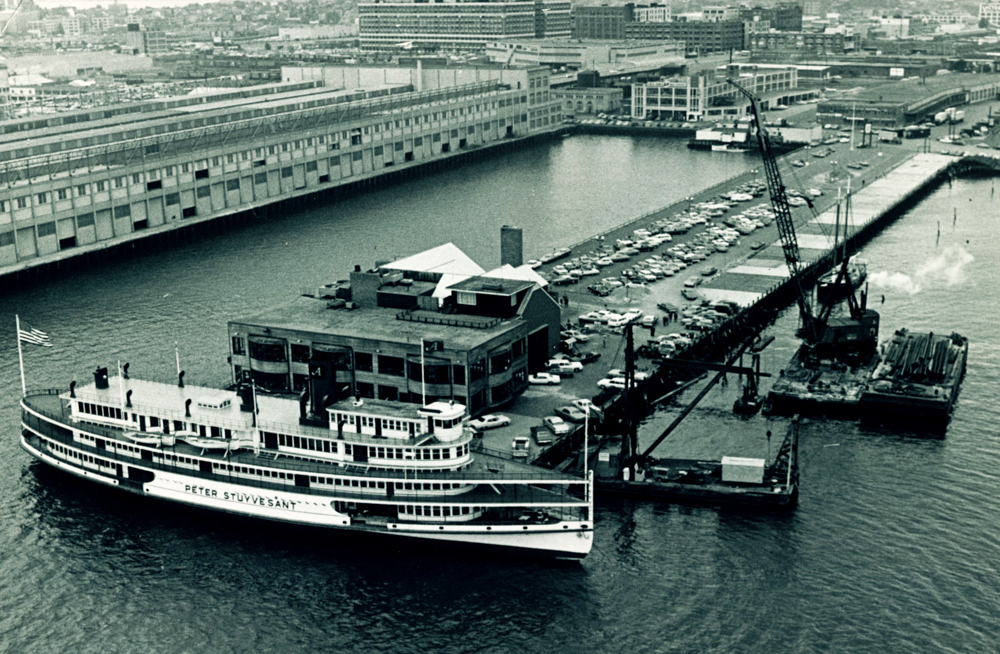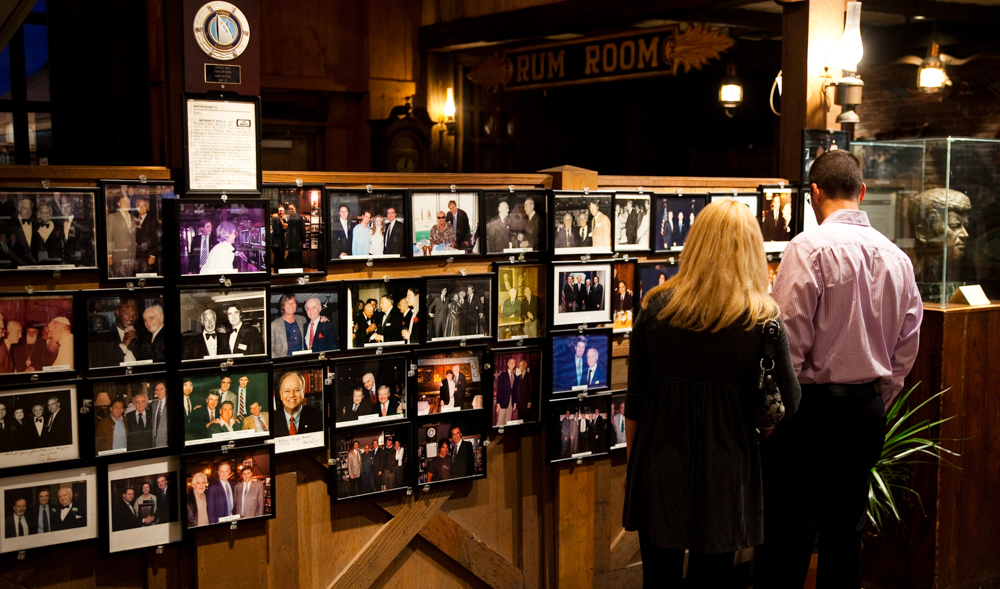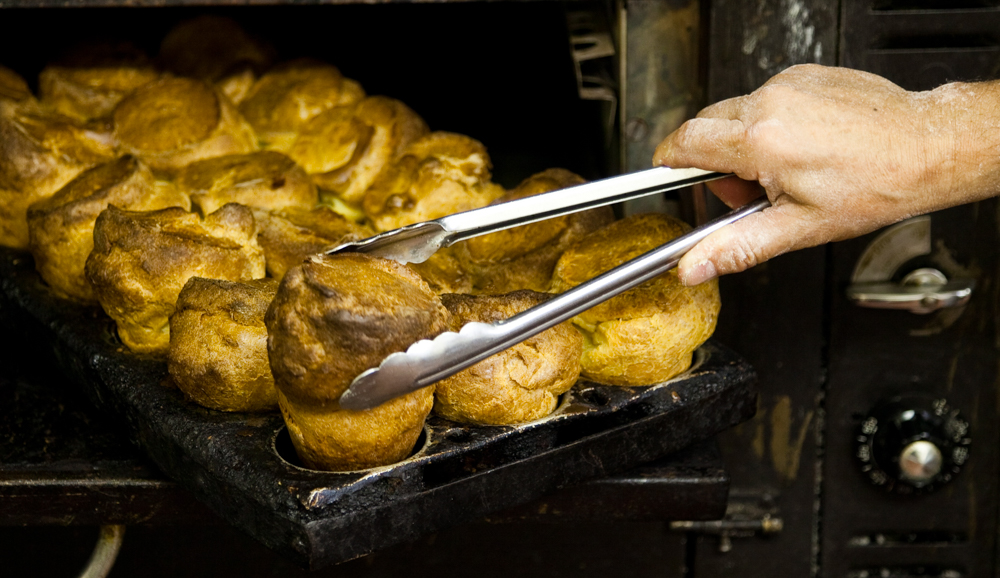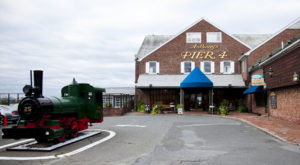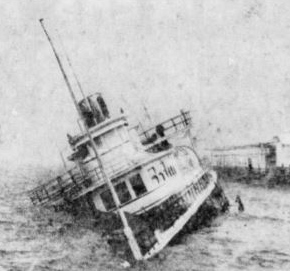Anthony’s Pier 4: Boston Icon
in South Boston
For almost 50 years, Anthony’s Pier 4 was a vital part of the city’s social and political life. To get to the dining room, one crossed a small bridge spanning a lobster pool. Athanas wanted his customers to feel like they were making a “grand entrance.”
Photo courtesy of the Athanas family
In 1960, “people told me I was crazy when I bought the Northern Avenue site,” recalled Anthony Athanas. But he was determined a restaurant on the dismal old pier could work. And it did. Anthony’s Pier 4 became one of the highest grossing restaurants in the country. For decades, diners celebrated life’s milestones at Anthony’s, feasting on seafood, prime rib, and popovers, partaking of the extensive wine list.
Athanas attributed his success to hard work and his involvement in every facet of the business. Colleagues in the foodservice industry noted his great instincts and vision.
Four-year-old Anthony had emigrated from Albania in 1915. He left school at 13, working to help support his family. He never forgot his roots. Fellow Albanians pointed new arrivals seeking work to Athanas. A map at the restaurant showed employees’ countries of origin. Athanas made a point of attending their naturalization ceremonies.
By the end of the century, dining options in Boston expanded and shifted. In August 2013, eight years after Athanas’s death, his flagship restaurant served its last meal.
S.S. Peter Stuyvesant arrived at Pier 4 September 1968 and waited while an elaborate docking facility was built. For a decade, the former Hudson River steamship served as the restaurant’s special events venue and cocktail lounge. Then, during the Blizzard of ’78, hurricane-force winds tore apart the underwater cradle and the steel and concrete attaching it to the pier. The vessel sank and could not be salvaged.
Courtesy of the Boston Globe Archives
The restaurant’s foyer walls were covered with photos of celebrities who dined at Pier 4. In his tribute to Athanas in the U.S. Senate in 2005, Senator John Kerry noted, however, that “irrespective of name recognition or social standing, every guest received the same gracious reception from Anthony.”
Photo courtesy of the Athanas family
Sign Location
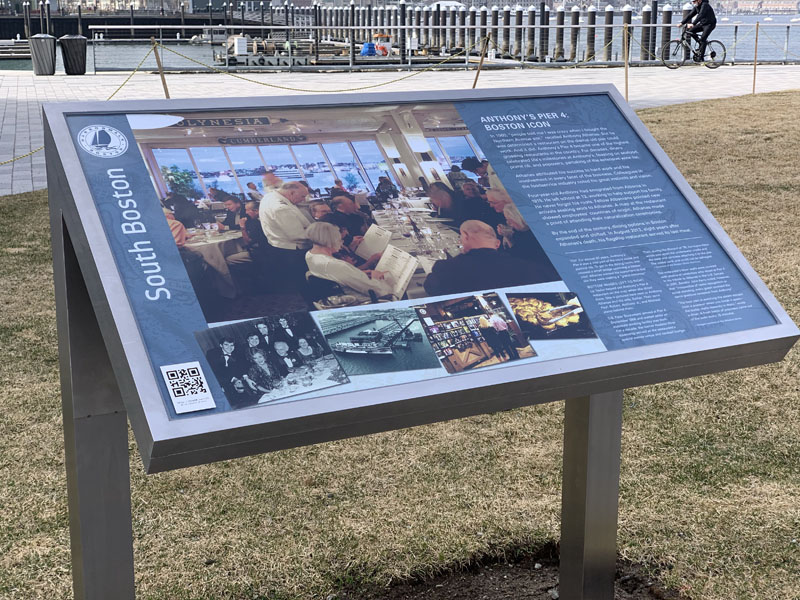
More …
Resources
- 2007 Forbes review of Anthony’s Pier 4 restaurant
- “Salvage attempt likely for Stuyvesant,” Boston Globe, February 9, 1978.
- “The Peter Stuyvesant’s Last Minutes” Boston Globe, February 19, 1978.
- “Work begins on raising the Peter Stuyvesant,” Boston Globe, March 30, 1978.
- “Fate of the Stuyvesant uncertain,” Boston Globe, December 31, 1978.
- “Anthony: ‘I’m only as good as the last meal I serve,’” Boston Globe, January 5, 1980.
- Allen, Robin Lee. “Athanas named 1997 NRN Fine Dining Legend; entrepreneur to be feted in Chicago,” Nation’s Restaurant News, March 31, 1997.
- Allen, Robin Lee. “Fine dining legend: Anthony Athanas,” Nation’s Restaurant News, March 19, 1997.
- “Athanas’ pioneering spirit, marketing savvy made him a man ‘well ahead of his time’,” Editorial in Nation’s Restaurant News, June 6, 2005.
- Carlock, Catherine. “Here’s Your Last Look at Boston’s Iconic Anthony’s Pier 4 as Demolition Begins,” Boston Business Journal, April 13, 2016.
- Engel, Eliot L. “In Memory of Anthony Athanas,” Congressional Record, May 25, 2005.
- Kerry, John. “Tribute to Anthony Athanas,” Congressional Record—Senate, June 15, 2005.
- Shanahan, Mark. “Anthony’s Pier 4 will close for good in August,” Boston Globe, July 5, 2013.
- Taylor, David. “Taste of the Town,” Forbes, September 7, 2007.
- Weinstein, Jeff. “R & I’s top 100,” Restaurants & Institutions, March 15, 1993.
- Interview with Paul Athanas, August 10, 2019.
Acknowledgments
- Our gratitude to the Perkins School for the Blind and David W. Cook for their partnership in creating the audio files.
- Our thanks to the Athanas family for the anecdotes and photos they shared.

